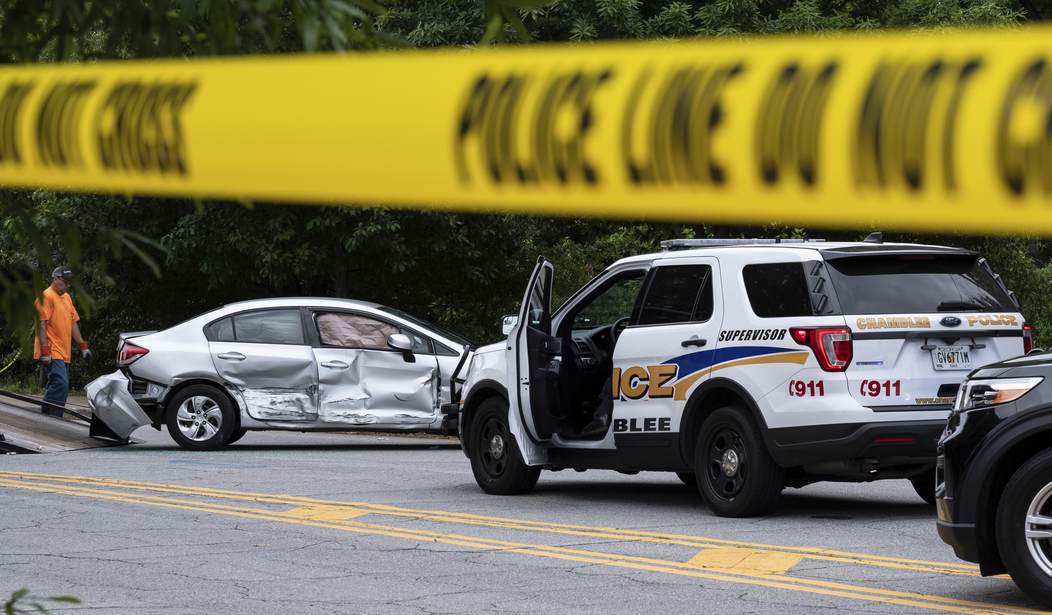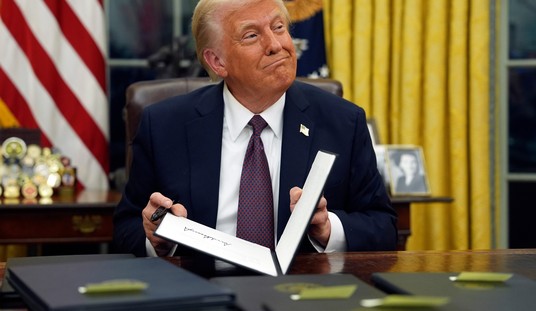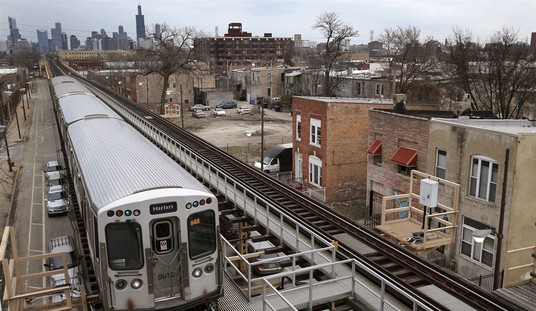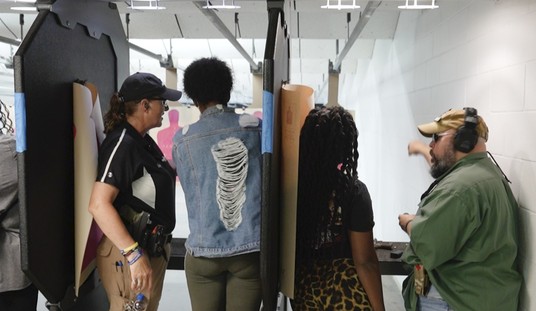In 2020, as both violent crime and gun purchases were skyrocketing amidst the COVID pandemic and civil unrest, gun control advocates were quick to blame the former on the latter. Murders and other violent offenses had to be increasing because more Americans were embracing their Second Amendment rights, or so they claimed.
Well, five years later those guns are still around, but the violent crime rate is plunging. In fact, according to crime analyst Jeff Asher, for the third year in a row we're on pace to have the largest one-year drop in murder ever recorded in the United States.
The Real-Time Crime index was updated last week through May 2025. The new RTCI sample has data from 421 agencies representing more than 102 million people. This sample makes up around half of all the murders that occur in the US in a given year, so it’s a reliable bellwether of the nation’s murder trend. (As an aside, this is our biggest sample yet in terms of agencies and population covered).
The RTCI through May 2025 shows murder down 20 percent relative to the first 5 months of 2024, down 37 percent relative to the first 5 months of 2021 (at the height of the murder surge), and down 9 percent relative to the first 5 months of 2019 (pre-surge). Murder rolling over the last 12 months in this sample has fallen below 2019’s level
Violent crime is down roughly 11 percent in the RTCI while property crime is down 12 percent. There is undoubtedly some underreporting occurring as agencies still have 9 or so months to correct missing reports. But that issue does not impact the finding of large scale declines in every crime category even if the degree of the decline is likely slightly overstated by the collection methodology.
This is unquestionably good news, and it directly refutes the gun control lobby's claims that more guns equates to more crime. Murder has decreased by 20% nationally so far this year, according to Asher, but the reductions are even deeper in some cities where politicians have either predicted things like shall issue concealed carry would lead to an explosion in violence or blamed things like permitless carry laws for a spike in homicides in previous years.
Through June, for example, Baltimore has seen the lowest number of murders in sixty years. Three years ago, though Baltimore Mayor Brandon Scott said the Bruen decision "will make it more difficult for cities like Baltimore to create actual public safety", "puts lives at risk", and "makes removing guns from our streets even more difficult." The number of concealed carry permits has increased fourfold across the state of Maryland, but even if they've merely doubled or tripled in Baltimore the fact remains that the city is a far safer place and there are more people legally carrying guns than just a couple of years ago.
Birmingham, Alabama Mayor Randall Woodfin spent much of last year blaming his city's record-high murder rate on the state's permitless carry law. Well, the law wasn't repealed and Birmingham wasn't given a carveout, but murders are still down by more than 50 percent in 2025; from 76 in June, 2024 to 37 through June 30 of this year.
There will always be some outliers, of course. Homicides are up 11 percent in Kansas City, Missouri and 23 percent in Fort Worth, Texas, for instance. It makes no sense to blame permitless carry or any other state-level gun law for that, though, given that murders are down by 21 percent in St. Louis, Missouri and 36 percent in Dallas, Texas.
If the anti-gunners acknowledge these historic declines at all, it's usually to credit community violence intervention programs that were lavishly funded by the Biden administration (many of which have been clawed back by the Trump administration). Let's assume for the sake of argument that they're right. Those programs are still operating at a time when millions of more Americans own guns than they did five years ago, which demonstrates that we don't need new gun laws to make this country a safer place.
These community violence intervention programs primarily (and in many cases, exclusively) focus on those most likely or at risk of committing a violent offense, not legal gun owners. They don't involve putting new gun control laws on the books, or enforcing those laws already in place. As a gun owner and Second Amendment advocate I'm all in favor of that, though there needs to be accountability and transparency in how these funds are directed and spent.
What types of violence intervention programs work best and how much funding they need is a topic for another day. The bottom line is that the violent crime is plunging across the country. Gun ownership is not.
More guns, much less crime. It's not a theory. It's reality.









